Understanding the Arowana Fish Lifespan and Growth: Did you know that an Arowana can grow up to two inches per month during its first year? These remarkable fish, often referred to as “Dragon Fish,” are known not only for their prehistoric lineage but also for their impressive growth patterns and long lifespans. Native to tropical waters in South America and Asia, Arowanas can reach astonishing lengths of three feet or more as adults.
Selected by many fish keepers for their mesmerizing appearance and cultural significance, Arowanas signify health, prosperity, and good luck in various traditions. However, raising these beautiful fish requires a significant level of care due to their size and sensitivity to nitrates. By understanding their growth rate and the specific environmental conditions they need, one can ensure the Arowana thrives, maintaining its health and well-being for up to 20 years with proper care.
From tank size and diet to water quality management, every aspect of Arowana care plays a crucial role in their development and longevity. These fascinating fish, capable of sensing movement through their barbels, provide both a challenge and a reward for experienced aquarists dedicated to maintaining optimal conditions.
Table of Contents
Understanding the Arowana Fish Lifespan and Growth: Key Takeaways
- Arowanas can grow up to two inches per month in their first year.
- They can reach lengths of three feet or more as adults.
- With proper care, Arowanas can live up to 20 years.
- Arowanas are sensitive to nitrate levels, requiring experienced fish keepers.
- Optimal care includes managed tank size, diet, and water quality.
Key Characteristics of Arowana Fish
Arowana fish are renowned across the globe for their exquisite physical traits and distinctive behaviors in captivity. Their elegant appearance and specific care requirements make them popular among experienced fish keepers. Here’s a closer look at these unique aspects.
Physical Appearance
One of the most striking Arowana physical characteristics is their streamlined, elongated body adorned with large, heavy scales that form a beautiful mosaic pattern. Another notable feature is their barbels, which extend from the tip of their lower jaw, helping them sense movement in the water. Their ability to breathe air through their swim bladder further sets them apart, enabling them to survive in oxygen-depleted waters.
Behavior in Captivity
Understanding Arowana behavior in captivity is crucial for their well-being. These fish are solitary by nature and tend to display aggressive and dominative tendencies, especially as they grow older. Captive Arowana care requires careful consideration when selecting tank mates, as they become less tolerant of companions upon reaching maturity. Arowanas are carnivorous and surface feeders, so their diet should consist of high-protein foods like insects, fish, and shrimp. Managing their dietary needs and feeding times is essential for maintaining health and promoting growth, making them a beloved ornamental Arowana species in the aquarium hobby.
Understanding the Arowana Habitat
An essential aspect of maintaining Arowanas in captivity is replicating their natural habitat as closely as possible. This involves understanding the tropical freshwater fish environment they thrive in and creating conditions that meet their specific needs.
Natural Habitat
Arowanas originate from tropical freshwater environments where they benefit from dense canopy cover and access to surface prey. These environments provide abundant natural food sources and protection from predators. Understanding the Arowana natural environment can offer insights into the best practices for replicating such conditions in captivity.
Ideal Tank Setup
Creating an ideal Arowana tank setup involves several critical factors. First, the tank must meet specific size requirements to accommodate their large size and active nature. A robust filtration system is crucial to maintaining water purity, while an effective aquatic heater helps sustain the tropical freshwater fish environment that Arowanas need.
Water parameters should be carefully monitored and maintained within an optimal range to replicate the Arowana natural environment. This includes controlling ammonia, nitrate, and nitrite levels and ensuring proper pH balance. Additionally, tank decorations and arrangements should mimic the Arowana habitat setup, providing ample space and suitable hiding spots to reduce stress and promote natural behaviors.
Arowana Diet and Feeding Patterns
The Arowana diet plays a crucial role in maintaining the health and growth of these magnificent fish. Their feeding patterns and nutritional needs should be carefully monitored to ensure their longevity. A well-balanced diet comprising high-quality ingredients is essential for optimal Arowana feeding care.
Recommended Diet
Primarily carnivorous, Arowanas thrive on a diet that includes insects, small fish, krill, worms, and shrimp. These surface feeders are also partial to floating pellets designed for their unique dietary needs. The inclusion of live feed can stimulate natural hunting behaviors, promoting both mental and physical well-being. Such a diverse diet is fundamental to providing the essential nutrition for Arowanas.
Feeding Schedule
Establishing a consistent feeding schedule is paramount for the health of Arowanas. Young Arowanas, due to their rapid growth, demand more frequent feedings—up to three times a day. Mature Arowanas, on the other hand, can be fed less often, typically once every day or even every two days. Adhering to a precise schedule helps regulate their metabolism and ensures a longer, healthier life.
By carefully managing the feeding patterns of Arowana, fish keepers can greatly enhance their pets‘ quality of life. Maintaining a balance between adequately portioned feed and high-quality dietary choices guarantees optimal growth and vigor.
Arowana Fish Lifespan and Growth
Arowana fish are renowned for their impressive growth rate, particularly within the initial few years. Understanding these growth patterns along with their lifespan in captivity is crucial for any dedicated aquarist.
Growth Rate
In the first year of life, an Arowana can grow at an impressive rate of roughly two inches per month. This rapid pace continues until they reach maturity, usually around four to five years of age. The mature Arowana size can be significant, with some species achieving lengths of up to three feet or more. Factors such as diet, tank conditions, and genetic background can influence the Arowana growth rate.
- First Year: Approximately two inches per month
- Maturity: Around four to five years
- Mature Arowana size: Up to three feet or more
Lifespan in Captivity
The Arowana lifespan in captivity can extend up to 20 years, provided they receive meticulous care. This includes maintaining optimal water quality, providing a balanced diet, and ensuring a spacious tank. Environmental and genetic factors also contribute to the variations seen in the Arowana age and growth among different populations. For instance, Silver Arowanas from the Peruvian Amazon are known to live up to 16 years, with most of their growth occurring in the first two years.
| Species | Growth Rate (Year 1) | Maturity Age | Lifespan |
|---|---|---|---|
| Silver Arowana | ~2 inches/month | 4-5 years | Up to 16 years |
| Asian Arowana | ~1.5 inches/month | 4-5 years | Up to 20 years |
Understanding these aspects of the Arowana lifespan in captivity and growth rates is vital for those looking to provide the best care for their ornamental fish. Intensive care practices, appropriate feeding schedules, and maintaining optimal tank conditions are essential to ensure these majestic fish thrive over the years.
Water Quality and Maintenance

Ensuring pristine *Arowana water quality* is crucial for the fish’s health and longevity. Monitoring and maintaining *aquarium water parameters* can be challenging, yet it is essential to provide a stable and thriving environment for these majestic fish.
Ideal Water Parameters
For optimal *Arowana water quality*, it’s vital to sustain specific water parameters. An ideal range involves a pH level between 6.5 and 7.5, with ammonia and nitrite levels at zero. Nitrate levels should be kept under 20 ppm to prevent stress. Temperature stability is critical, ranging from 72-82 degrees Fahrenheit. Using hydrometers or refractometers ensures that the specific gravity of the water is kept in check, supporting a balanced tank ecosystem.
Maintenance Tips
*Maintaining Arowana tanks* requires regular attention and diligence. I recommend the following practices:
- Conducting partial water changes weekly, replacing about 20-30% of the tank water.
- Using dechlorinated water to avoid introducing harmful chemicals.
- Cleaning filters and checking the performance of all equipment periodically.
- Avoiding total water replacement to maintain beneficial bacteria balance.
Effective *water maintenance for Arowanas* not only involves routine cleaning but also constant monitoring of the tank’s health through meticulous maintenance practices. This comprehensive approach ensures a thriving habitat for these magnificent fish.
| Parameter | Ideal Range |
|---|---|
| pH Level | 6.5-7.5 |
| Temperature | 72-82°F |
| Ammonia | 0 ppm |
| Nitrites | 0 ppm |
| Nitrates |
Choosing Tank Mates for Arowana Fish
Selecting the right Arowana tank mates is crucial to ensure a harmonious and stress-free environment within community fish tanks. When considering Arowana compatibility, it’s essential to choose species that are similarly sized and exhibit compatibility in terms of behavior and environmental requirements.
Compatible Species
Among the suitable companions for Arowanas are fish that match their sizeable physique and robust nature. Clown knife fish, pacu, oscars, and jaguar cichlids are excellent choices, as these species can stand their ground and coexist without posing a risk of being consumed.
Here’s a quick look at some compatible species:
| Species | Characteristics | Compatibility Level |
|---|---|---|
| Clown Knife Fish | Large, robust, and adaptable | High |
| Pacu | Peaceful but large, similar to Arowana | Moderate to High |
| Oscar | Territorial yet manageable with Arowana | Moderate |
| Jaguar Cichlid | Bold and similarly aggressive | Moderate |
Preventing Aggression
To successfully integrate Arowana tank mates and preventing Arowana aggression, it’s best to introduce companions during the Arowana’s juvenile stage. This strategy allows them to grow accustomed to each other, potentially reducing dominance conflicts. Vigilant monitoring of interactions, as well as ensuring adequate tank space to avoid overcrowding, is vital for maintaining peace in community fish tanks.
By mindful selection and planning, you can create a balanced and thriving aquarium that meets all the needs of your Arowana and its companions.
Special Considerations for Asian Arowanas
Asian Arowanas, known for their distinctive beauty and cultural significance, are a unique species among the Arowana family. These luxurious fish are often regarded as symbols of wealth and prosperity in various Asian cultures. However, their exotic status also means they are listed as an endangered Arowana species under CITES Appendix I, which imposes stringent international regulations on their trade and ownership.
Due to their endangered status, Asian Arowanas demand precise and careful management in captivity. This involves not just meeting their advanced care requirements, but ensuring proper documentation and compliance with international laws. Farms that breed Asian Arowanas are usually subject to high-security measures to maintain the integrity and safety of these valuable fish. I always advocate for staying informed about the latest regulations to ensure that owning an Asian Arowana is a responsible and legal endeavor.
From my experience, breeding and raising these majestic creatures can contribute positively to their conservation. A collective effort in responsible breeding practices can help sustain their population. The global annual revenue generated from Asian Arowana sales, which exceeds US$200 million, highlights their economic importance. More importantly, it underscores the necessity for ethical Arowana conservation initiatives to balance commercial interests with species preservation.
FAQ
What is the typical lifespan of an Arowana fish?
How quickly do Arowana fish grow?
What tank size is recommended for keeping Arowanas?
What are the primary diet requirements for Arowana fish?
How can I ensure optimal water quality for my Arowana’s tank?
What species are compatible tank mates for Arowanas?
What are the differences between Silver Arowana and Jardini Arowana?
Why is the Asian Arowana considered special?
What are some key behavioral traits of Arowana fish in captivity?
How should I set up my tank to mimic an Arowana’s natural habitat?
References
Ornamental Aquatic Trade Association (OATA)
Convention on International Trade in Endangered Species of Wild Fauna and Flora (CITES)
I am a passionate aquarist with over 30 years of hands-on experience in fishkeeping. My journey began at a young age, collecting fish from the wild and learning through experimentation. Specializing in tropical fish, I bring a deep understanding of the hobby to FishKeepingMadeSimple. The site provides honest, detailed reviews of essential products and accessories to help fellow enthusiasts create the best environments for their fish.


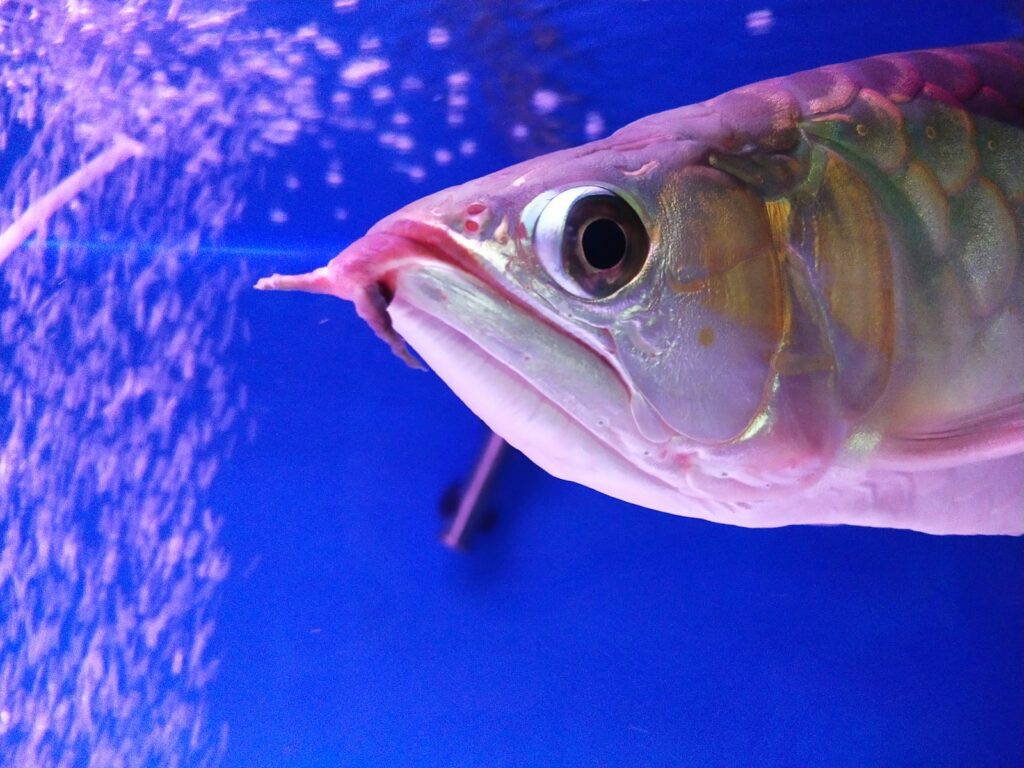
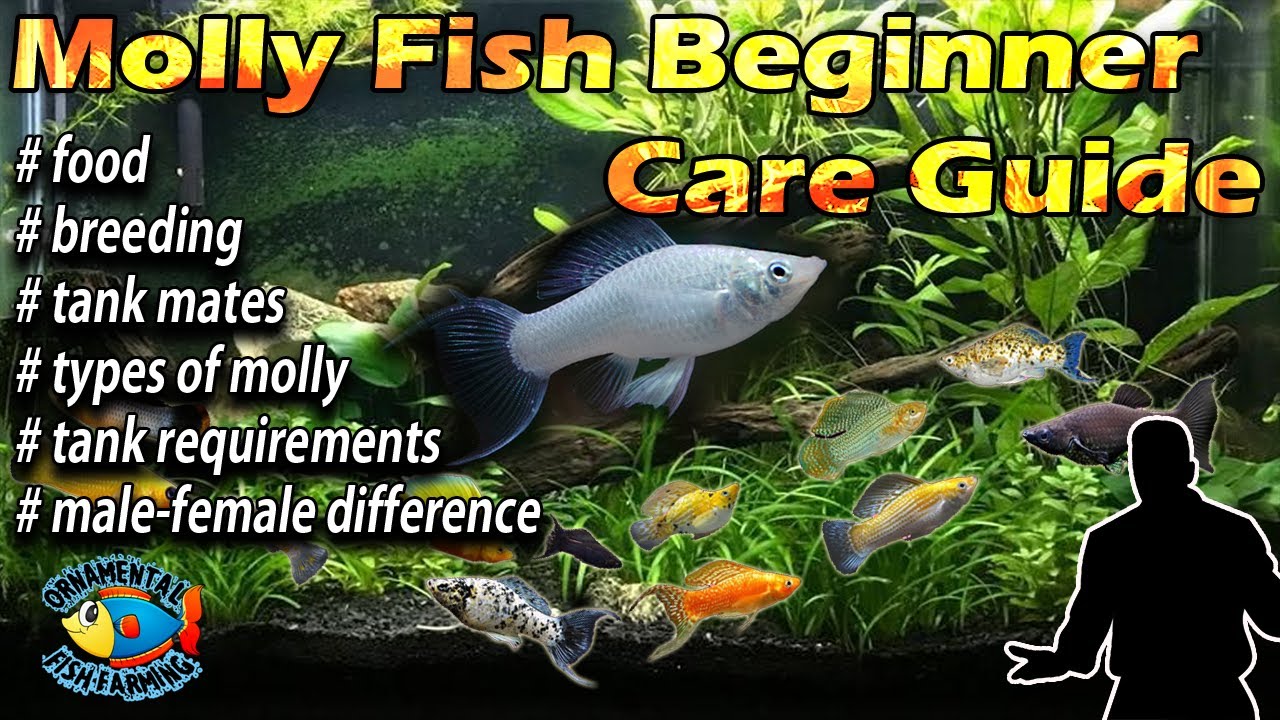




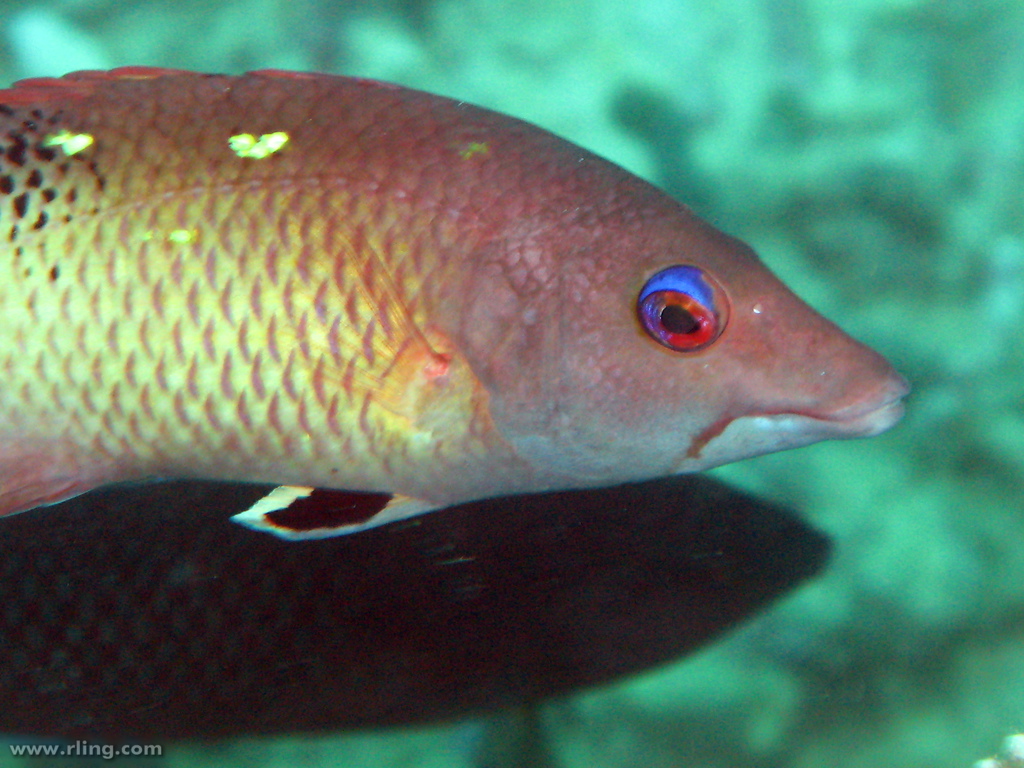
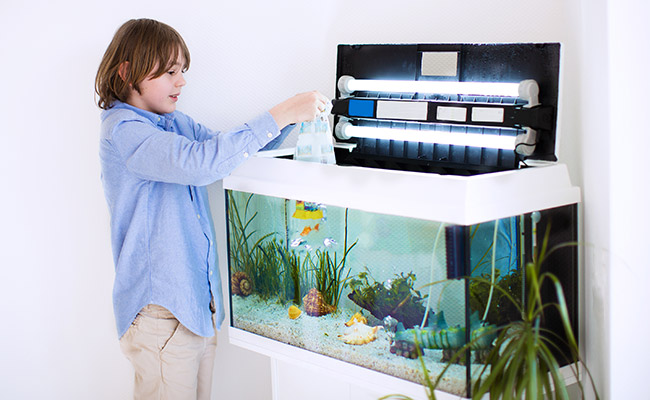
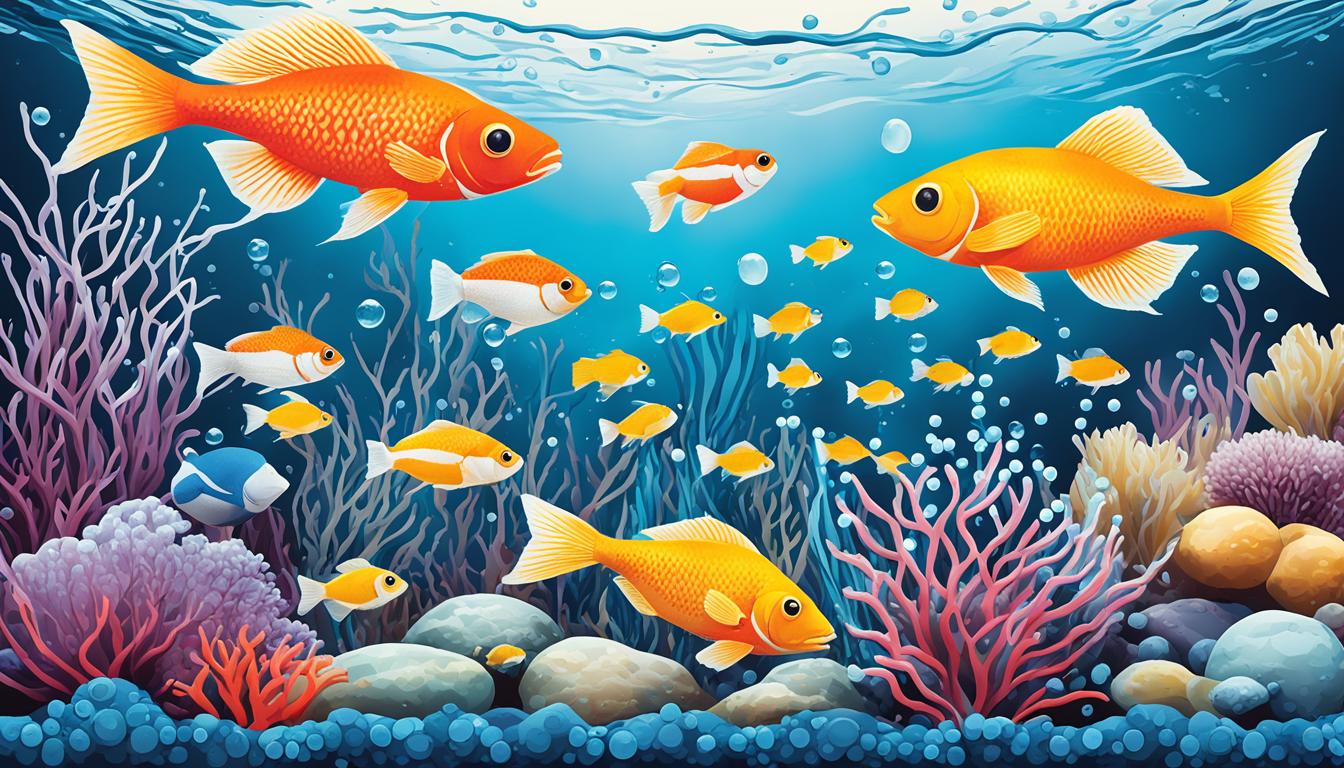
[…] These fish have a streamlined body and a distinctive reticulated pattern. […]
Самые действенные меры по борьбе с бородавками.
Бородавка на ноге лечение [url=https://plastica.onclinic.ru]https://plastica.onclinic.ru[/url] .
[…] you’re considering adding a yoyo loach to your freshwater aquarium, it’s important to understand their growth potential. On average, yoyo loaches grow to be around 4-6 inches (10-15 cm) in […]
[…] creating a peaceful community tank, it’s essential to understand what exactly peaceful community fish are. These are species that coexist peacefully with other fish in a community tank. They are known […]
[…] puffers (also known as dwarf puffers or pea dwarf puffers) are small freshwater fish that are highly sought after for their vibrant colors and engaging […]
[…] understanding the natural growth rate and needs of plecos is crucial for their overall well-being. Providing proper care and a […]